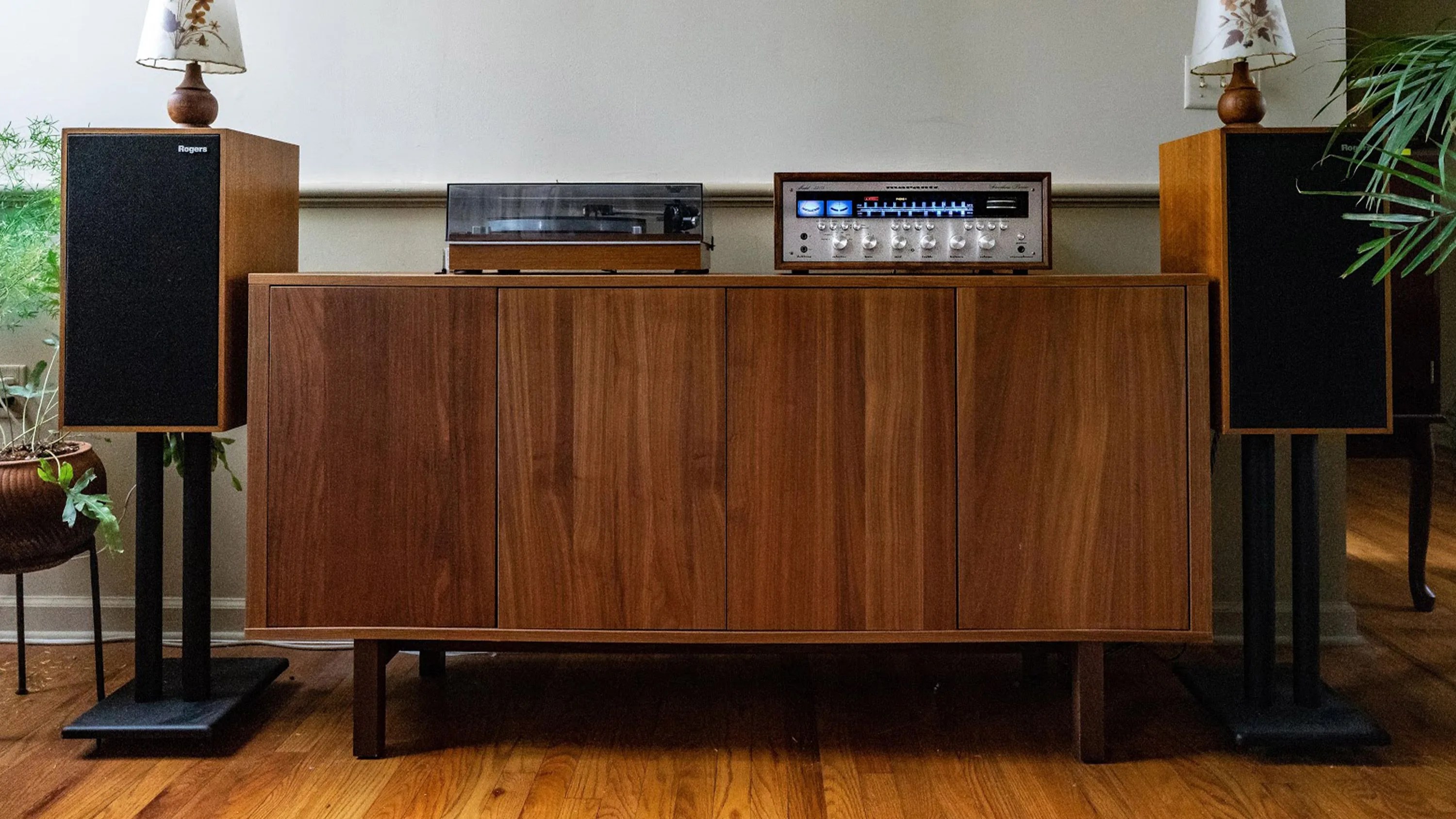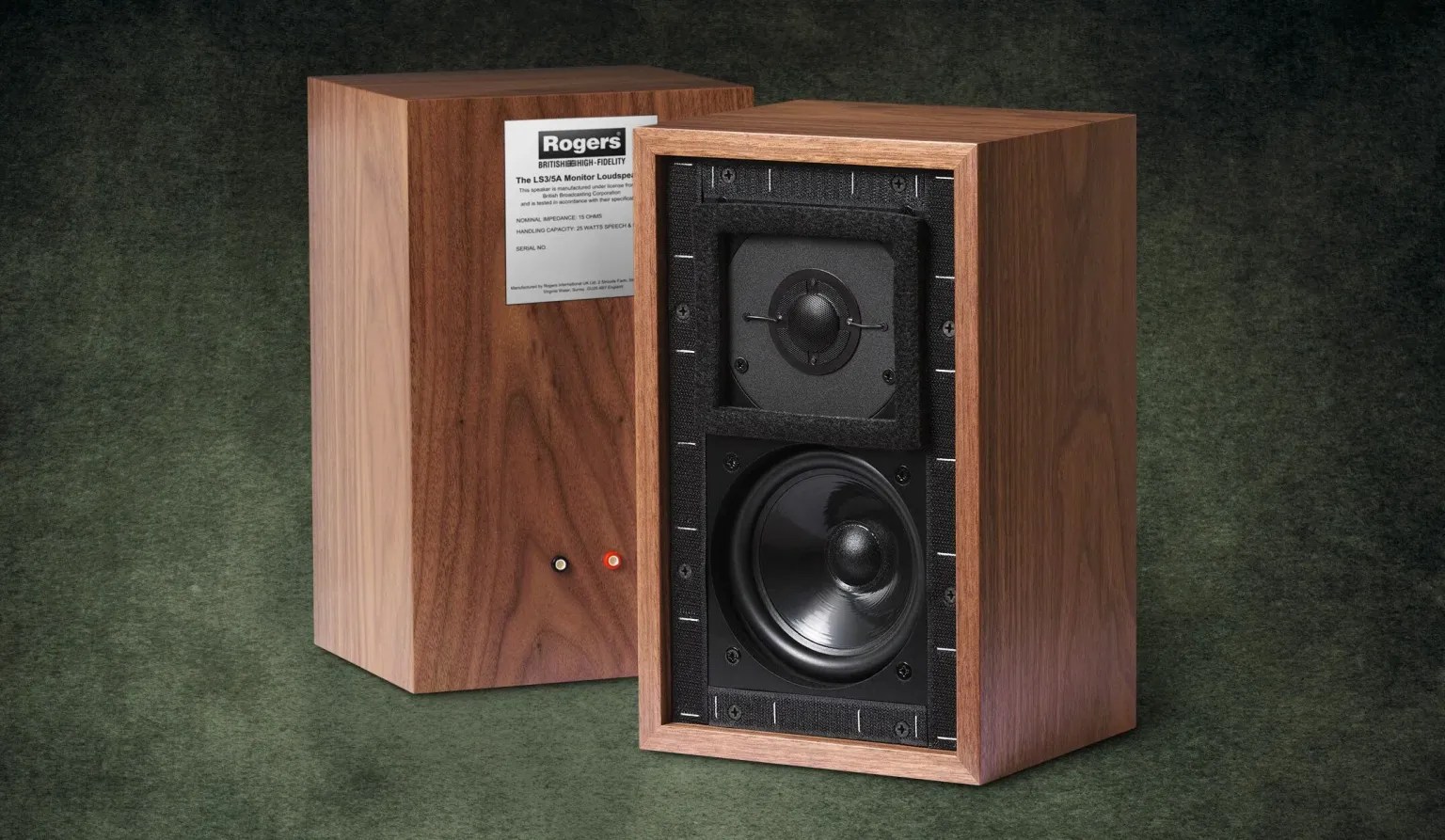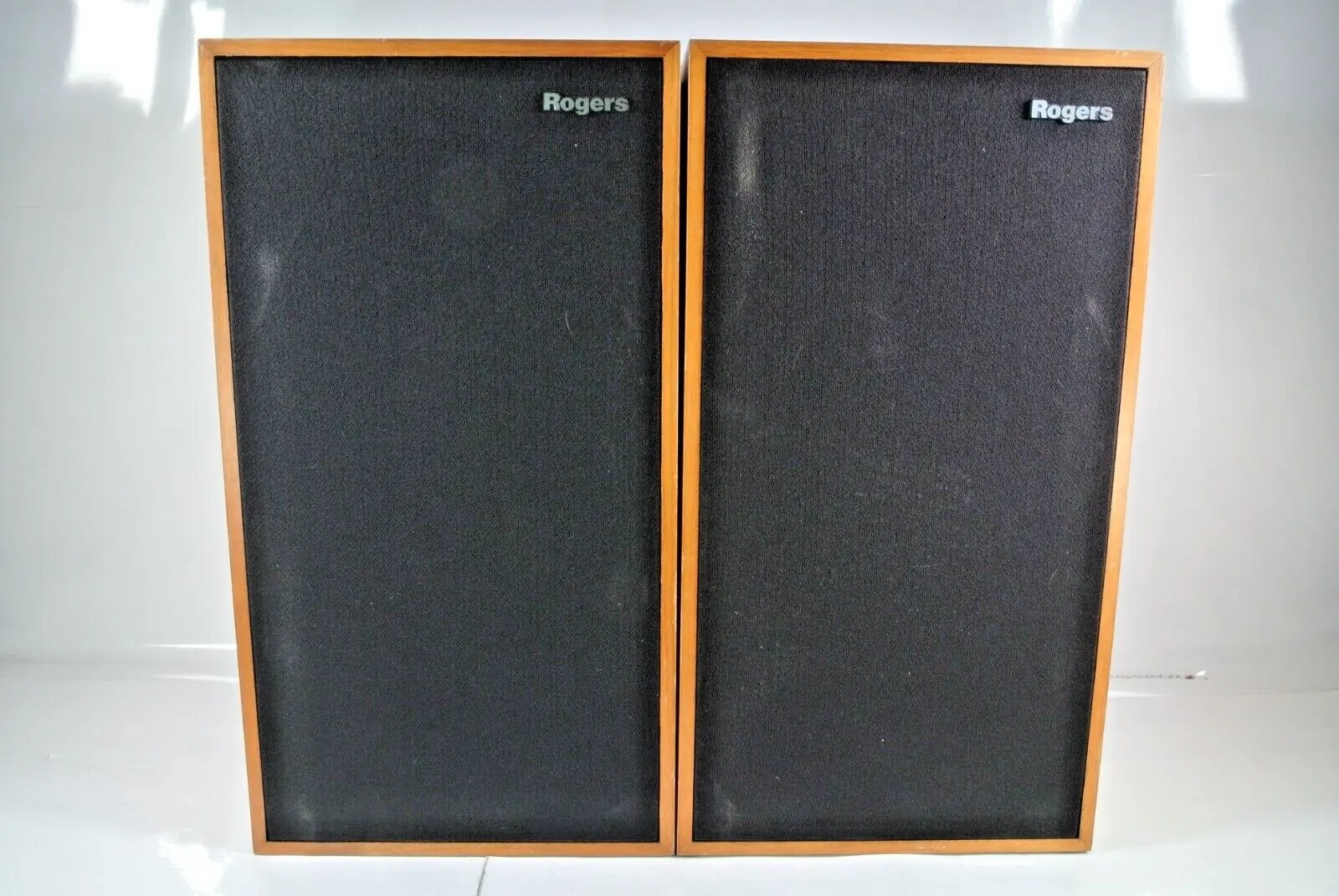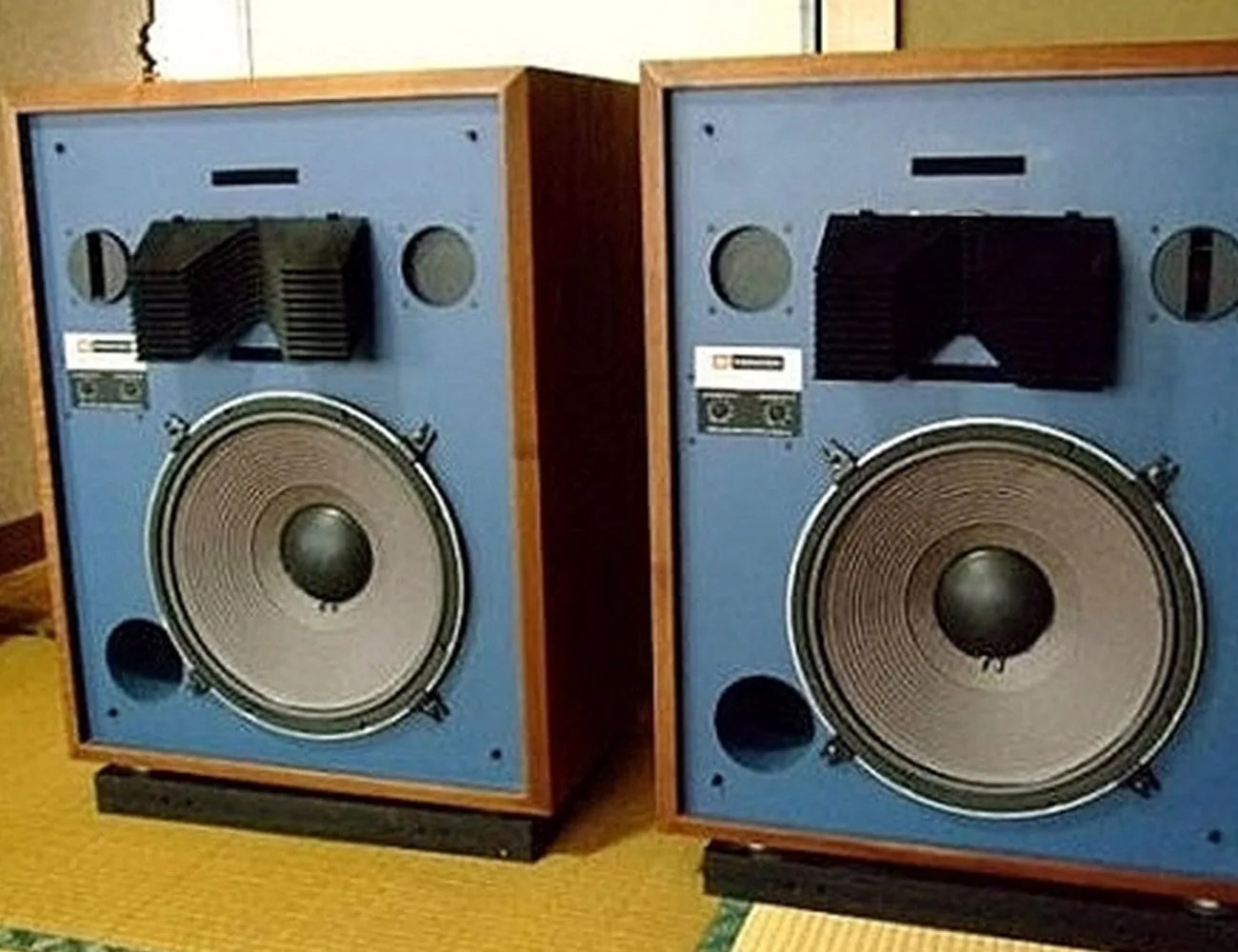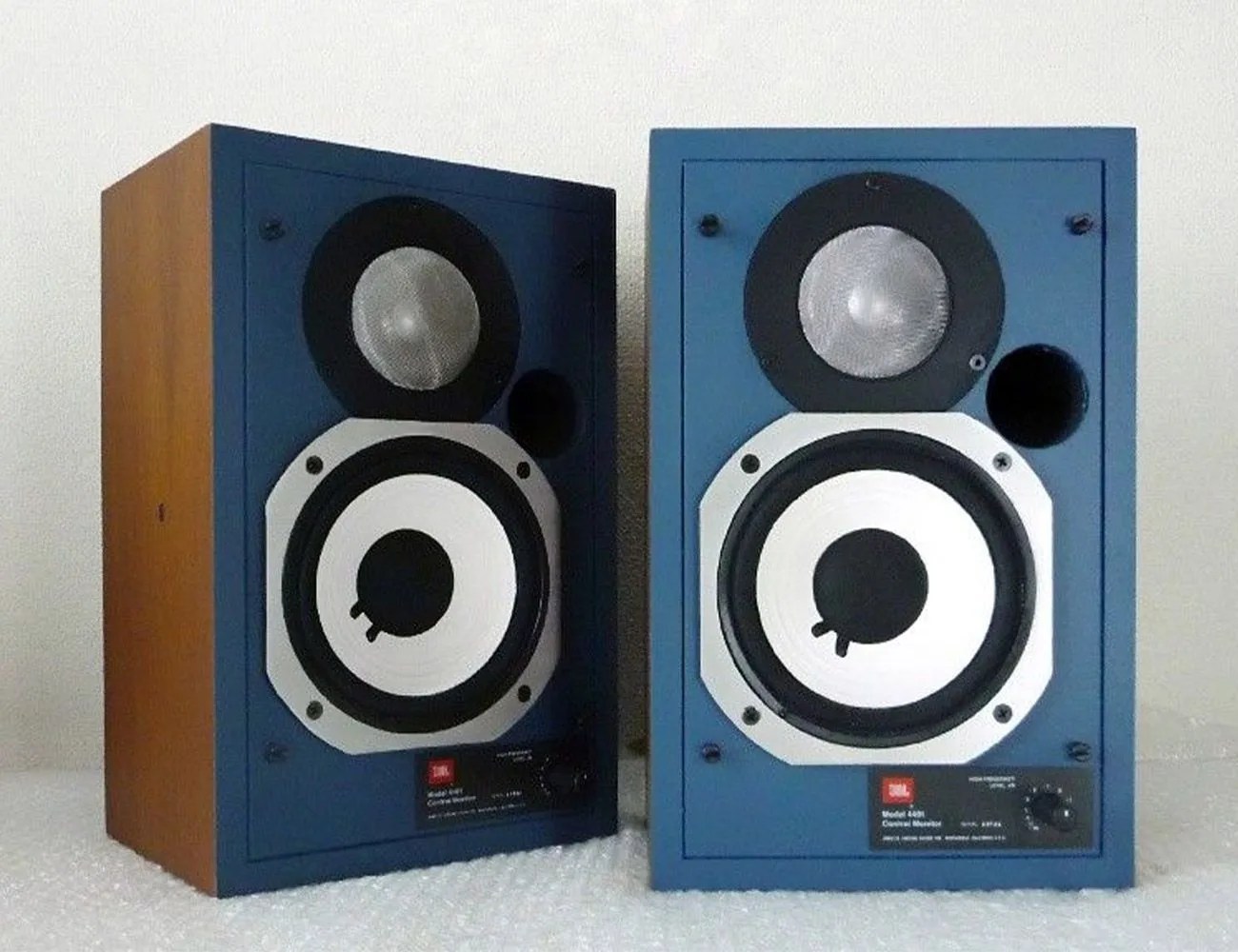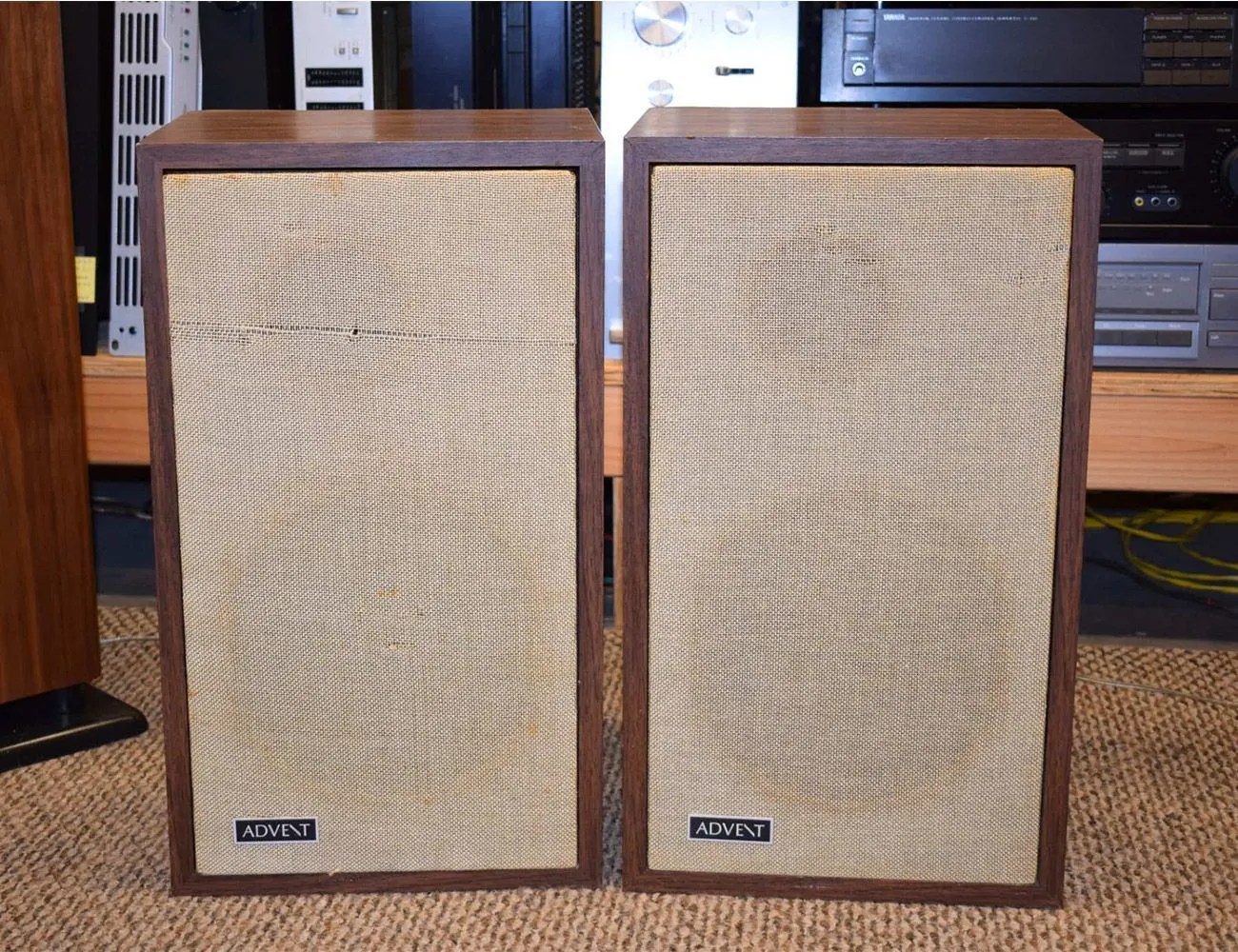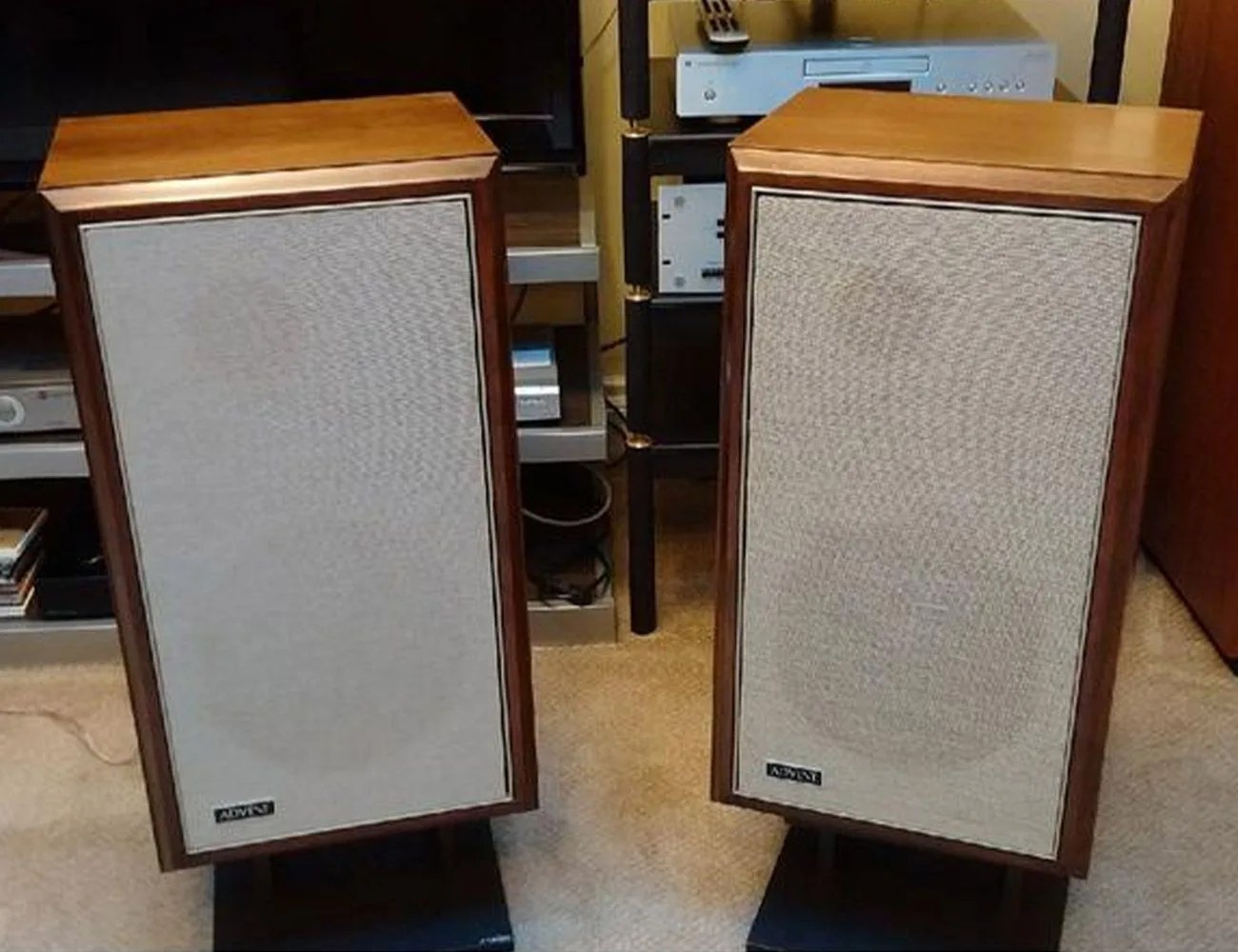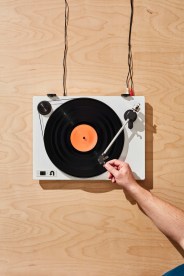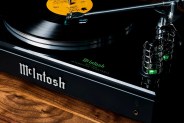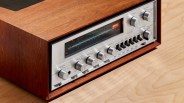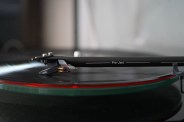Most vintage speakers have been repaired at some point. If they haven’t, they’ll likely need to be in the future. Speakers perform a great deal of continuous mechanical work, and, like most things, they age. So you’ll need to do your due diligence when shopping for them.
We assume you are not interested in taking up a restoration project for this guide — you’re seeking vintage speakers ready for active duty. This means you’ll need to have a basic understanding of restoration and repairs. This guide will cover everything you need to know to find the right pair of vintage speakers.
1. Vintage speakers need to look good to sound good
The cabinet condition obviously impacts the aesthetic experience, and many speakers feature beautiful woods, metals, and in some cases even luxurious leathers (e.g. Italy’s Sonos Faber). But cabinet condition is very important for sound, too, because a cabinet needs to be as inert as possible for the drivers to do their job efficiently.
Any speaker that has structural problems with the cabinet should be avoided, full stop. It may be hard to determine if a speaker cabinet has issues. Sometimes it’s quite obvious visually, but sometimes it’s a small vibration where panels are pulling apart, or some other hidden weakness. If your seller isn’t promising solid, inert cabinets, ask questions and be wary.
2. The condition of the crossover is crucial
Crossovers are (typically passive) electronic networks that divide the audio signal into different frequency ranges and send those signals to the appropriate driver in the speaker.
Sometimes the electrical components need to be replaced, especially capacitors. However, and surprisingly often, crossovers work fine after 50 years or more. There is no one answer here, as every speaker is a bit different, as is its usage history.
